Over the course of history, it has been commonplace for works created in one artistic medium to be adapted into another. For example, ancient Greek playwrights often drew inspiration from older myths and legends. This also holds true today, where it seems as though half of the entertainment produced is adapted from some earlier work. In video games, this is most commonly seen in adaptations of movies and TV shows. On occasion, game designers will also choose to utilize the medium of literature, seeking to bring to life what is on the page through the interactive medium.
This list will look at some of the more notable examples of this from throughout gaming history. A few basic rules will apply to this list; first, the game must be primarily based on a book or work of literature, which means that books that adapt movies will not be included. Next, only one game per literary work will be included for the sake of variety. Finally, games will be judged both on quality and how well they adapted the work in question.
Best games based on books
10. Metro 2033
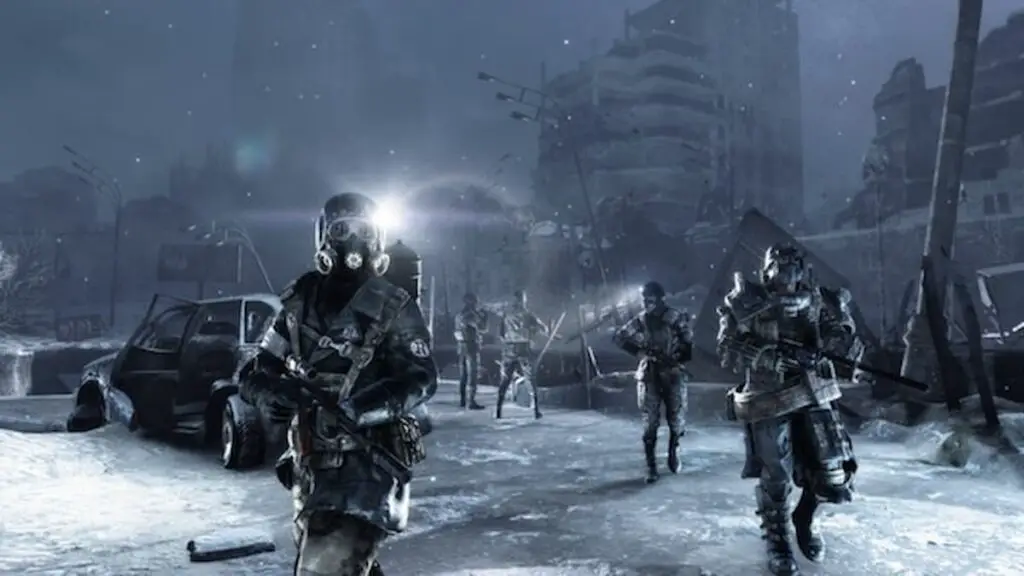
In 2002 Russian writer Dmitri Glukhosky released the novel Metro 2033. The story depicts a post-apocalyptic Russia where survivors of a nuclear war survive within the subway tunnels of Moscow. Needless to say, such a premise was ripe for adaptation within the world of video games, and this would come to pass with a first-person shooter of the same name released in 2010. The game did an amazing job of bringing Dmitiri’s dark and depressing vision of post-apocalyptic Moscow to life while also expanding on the novel’s worldbuilding. The designers even implemented an ammunition-based economy where old-world bullets are used as currency. While not the most exciting FPS ever made, the game more than made up for it with its fantastic atmosphere and ability to immerse the player into its world.
9. The Lord of the Rings: Battle for Middle Earth II
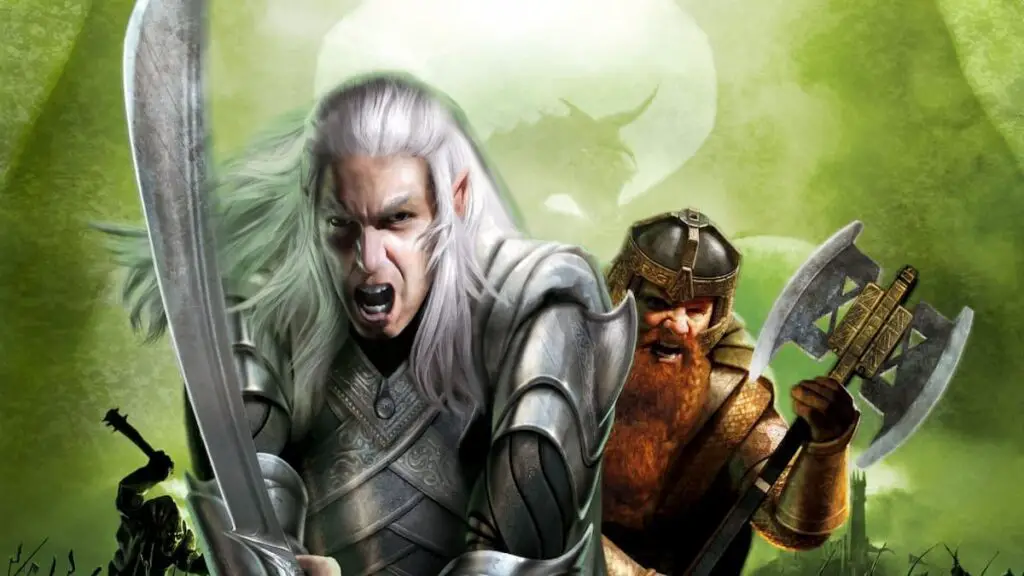
With so many games based on the world created by the legendary J.R.R Tolkien, it was a challenge to pick one for this list. Games that were directly based on the Peter Jackson films were disqualified, which left us with the choice between the two Shadow of Mordor Games and The Lord of the Rings: Battle for Middle Earth II, which while borrowing heavily from the aesthetic of the films was based almost exclusively on events mentioned in the books. In the end, I decided to go with Battle for Middle Earth II as it sticks much closer to its source material. A very solid real-time strategy game, Battle for Middle Earth II brought to life the massive battles of the War of the Ring better than any other game before it. The heroic campaign draws on events mentioned in the appendices at the end of The Lord of the Rings: The Return of the King, including Lothlorien’s struggles against forces from the stronghold of Dul Guldur, as well as the Dwarves of Erebor and the men of Dale in their fight against forces aligned with Sauron. The evil campaign followed a hypothetical scenario wherein Sauron was able to recover the ring of power and went on to conquer middle earth. The game would eventually receive an expansion pack called Rise of the Witch King, which took place centuries before the events of The Lord of the Rings to portray the conflict between the northern realm of Arnor and the dark kingdom of Angmar.
8. Parasite Eve
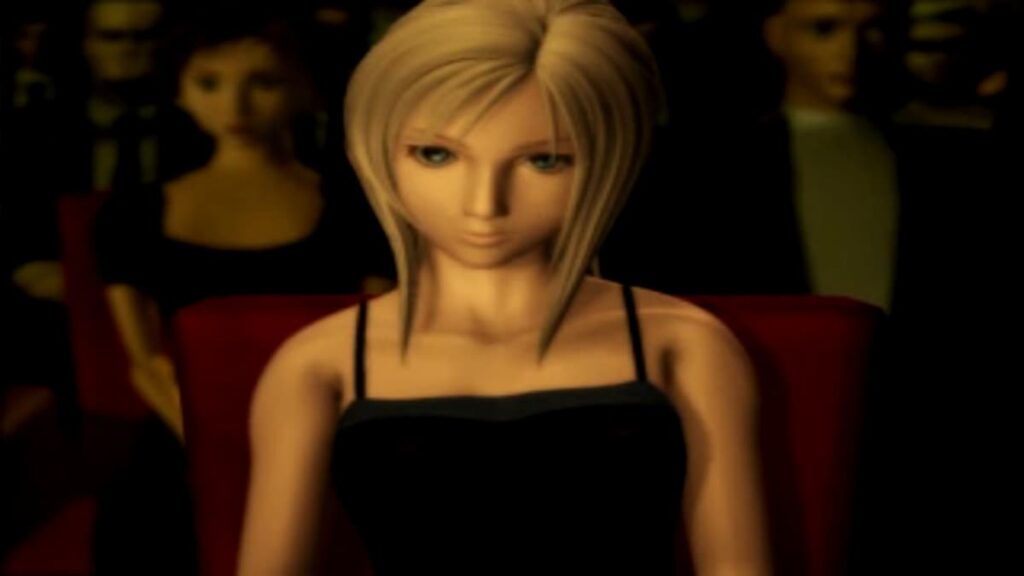
Released in 1998 for the original PlayStation, Parasite Eve was an attempt by Square Soft to combine two of the most popular genres of the era; survival horror in the vein of Resident Evil, and the JRPG which was the company’s bread and butter. The game in question was an adaptation of the 1995 Sci-Fi/Horror novel Parasite Eve by author Hideaki Sena. By the time of the game’s release, this book had already been adapted into a feature film, with a manga set to release the same month as the game. The game is not a direct adaptation of the book but rather acts as a sequel of sorts. Throughout the course of the game, characters occasionally reference the “incident in Japan” which are the events of the book. The game follows NYPD officer Aya Brae as she seeks to uncover the source of a series of horrific events that have been causing people and animals to either burst into flames or mutate into hideous forms. Gameplay primarily utilizes 3D models over prerendered backgrounds, as was common for the era, and features a battle system with a mixture of real-time and turn-based elements. While a bit rough around the edges in spots, the game is widely beloved as a classic of the PS1 library.
7. Betrayal at Krondor
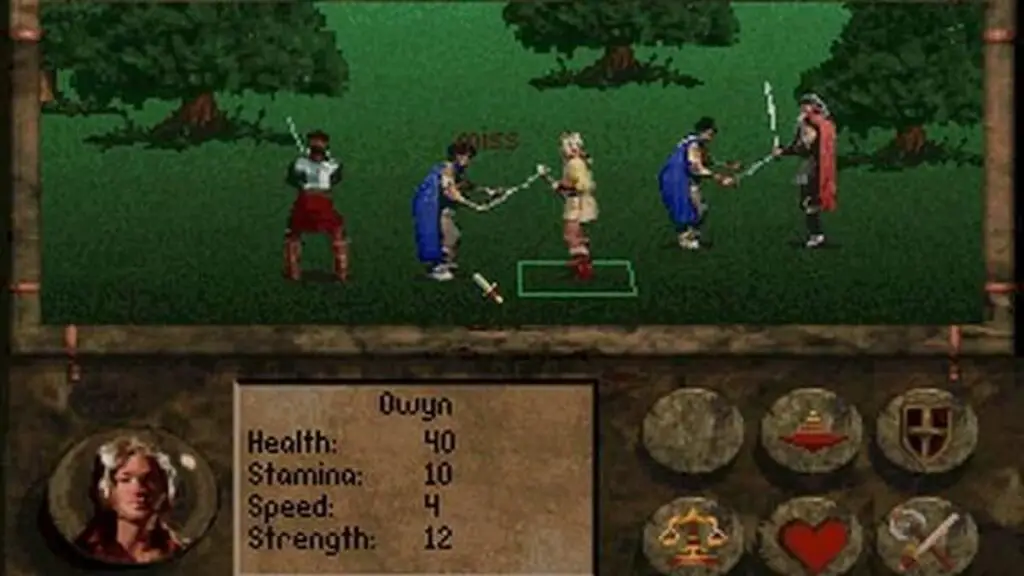
Based on Raymond E. Fiest’s Riftwar Saga of fantasy novels, Betrayal at Krondor is often cited as one of the best PC RPGs of the early 90s. Raymond E. Fiest actually served as an editor for the game, although according to him he didn’t actually do all that much to alter the story as he thought that the writers had a firm grasp on the universe that he had created. The game pays homage to its literary roots through its structure and pacing which utilizes chapters and even a quicksave feature referred to as a “bookmark.” Ultimately, it makes excellent use of the setting and characters from the novels to create an epic adventure that pleases both fans of the original works and newcomers alike. While originally considered non-canon the game proved popular enough that Raymond E. Fiest would end up adapting it into a novel called Krondor: the Betrayal in 1998.
6. I Have No Mouth and I Must Scream
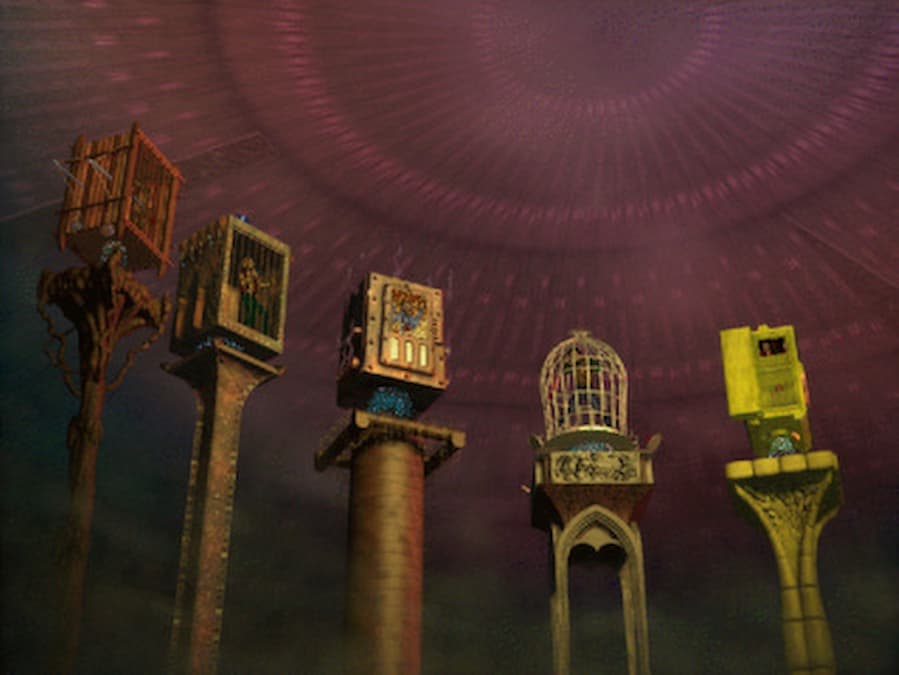
In 1967 Sci-Fi writer Harlan Elison wrote the groundbreaking short story I Have No Mouth and I Must Scream. This story told of a dark future where Earth was ruled by a malevolent AI named AM who had wiped out all of humanity, save for five individuals who he kept alive so that he could torture them for all eternity. The story was dark, disturbing, and horrific, but nonetheless manages to stand as a true classic of the Sci-Fi genre. Almost 30 years later, developer CyberDream decided to adapt it into a point-and-click adventure game, and in doing so created one of the most chilling horror experiences that the medium has ever seen. The game more or less follows the events of the short story, but greatly expands upon its characters. Harlan Elison actually lent his voice to the game, performing the role of AM. While generally a solid example of its genre, the game does, unfortunately, suffer from many of the same flaws as other adventure games of its era, most notably in the form of extremely obtuse puzzle design. Regardless, I Have No Mouth and I Must Scream remains a classic, thought probably not a game to play if you want to feel happy.
5. Suikoden
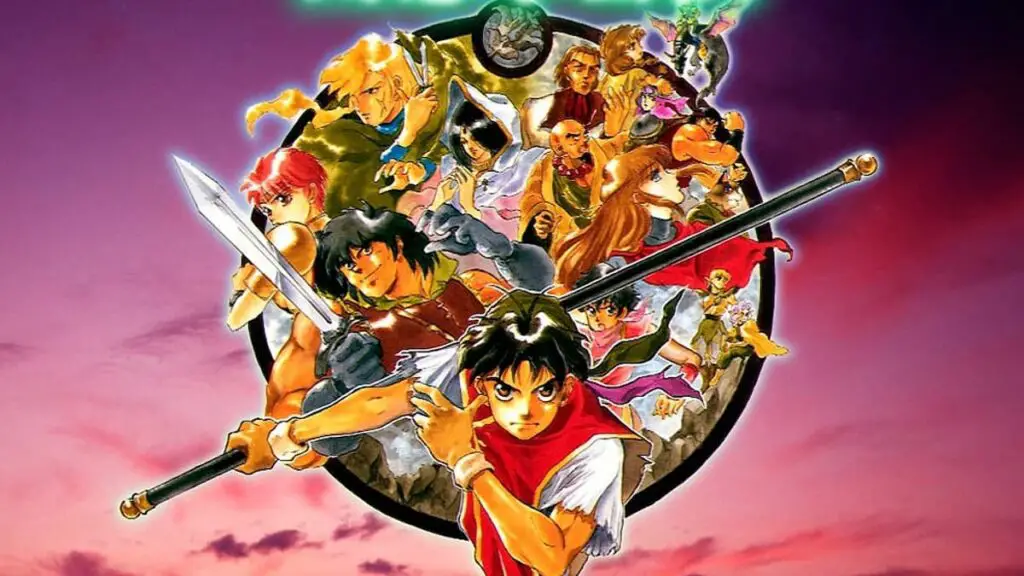
Coming out as early as 1995, Suikoden was one of the first JRPGs released for the original PlayStation. The game is based on the classic Chinese novel by the same name (translated roughly as “The Water Margin”) which told of a group of 108 outlaws who resisted the government of ancient China, only to later be granted amnesty and aid the Song dynasty in fighting rebels and foreign invaders. The game definitely takes a number of creative liberties with the source material — most notably in how it weaves in elements of Western fantasy. Nonetheless, this title is an absolute classic that ranks among the best RPGs of the 32-bit era. One aspect that set it apart from its contemporaries at the time was the ability to recruit up to 108 party members, each with their own personality, story, and special abilities.
4. Tom Clancy’s Rainbow Six
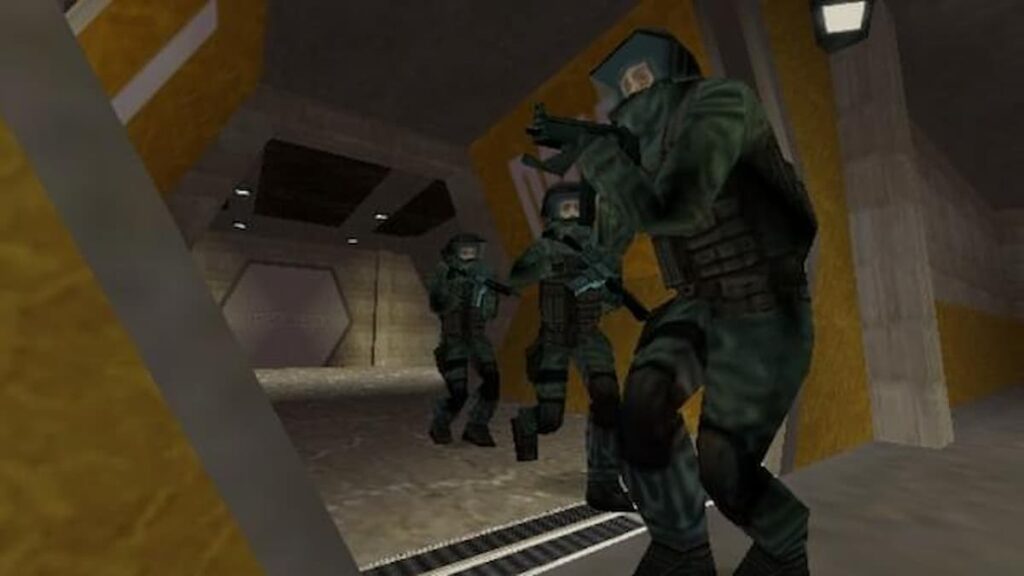
Released for PC in 1998, and then later ported to other systems, Tom Clancy’s Rainbow Six was adapted from the book of the same name which was released the same year. This is actually an example of a game and book being developed somewhat in tandem with one another, with both Tom Clancy and the team at Red Storm Entertainment often exchanging ideas that ended up influencing each other. At the time of the game’s release, it was regarded as a breath of fresh air for the first-person shooter genre due to its emphasis on realism, most notably in that players could be killed in a single shot if they were unlucky and a single wrong move could lead to mission failure. This forced players to think tactically and created a palpable sense of tension that could rival that of many horror games. As YouTuber Super Bunnyhop so eloquently put it “The older Rainbow Six games teach you to fear and respect violence.”
3. A Total War Saga: Troy
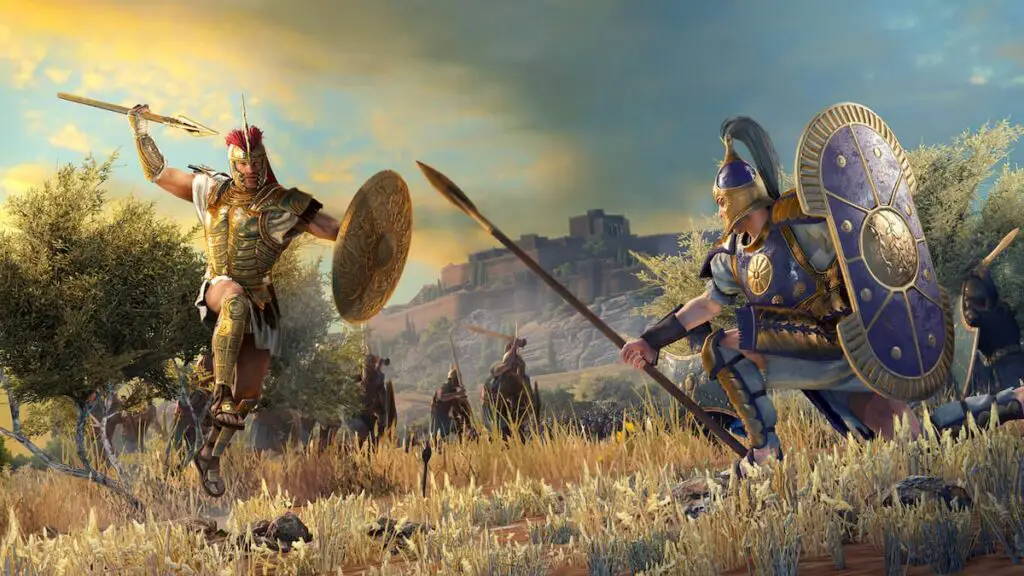
Considering its cast of larger-than-life heroes, a plethora of epic battles, and a grand mythological setting, the Iliad is prime material for video game adaptation. Yet this cornerstone of Western literature has only seen a handful of video games throughout the medium’s entire history (personally I would love to see a Musou-style game use this setting). Luckily, one of the games that we did get was excellent. A Total War Saga: Troy utilizes the tried and true Total War formula to put players in control of one of several factions during the Trojan War. The game utilizes a mixture of Greek Mythology and Bronze Age history to inform its setting. On top of a solid base game, A Total War Saga: Troy also received a number of excellent expansions, most notably Mythos which really amped up the mythology. Overall, while not the best game in the series A Total War Saga: Troy is a fantastic RTS that should satisfy any fans of Homer’s epic.
2. King Arthur: The Role-Playing War Game
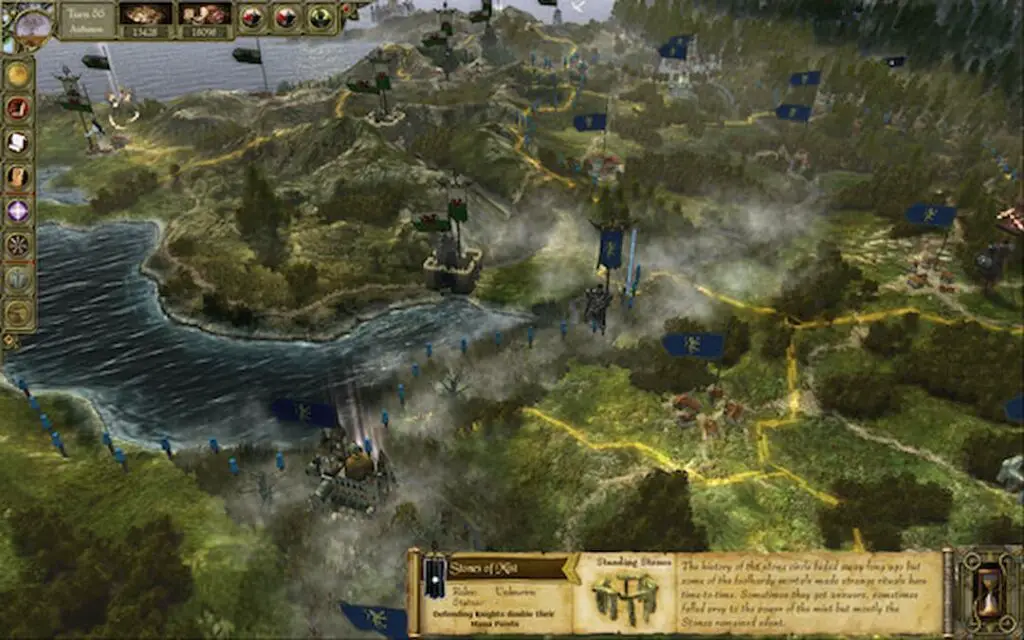
A sleeper hit among RTS fans, King Arthur: The Role-Playing War Game adapted the classic tales of King Arthur and the Knights of the Round Table in fine form. The basic gameplay is very similar to that of the Total War series, but, as the name implies, it deviates from that series in its use of RPG elements. Taking the role of King Arthur, the player is tasked with uniting the lands of Brittan not only through battle but also by cultivating the court at Camelot and sending knights out on various quests. Depending on which quests are completed and what path the player chooses to follow, different hero units and abilities are made available. Overall a great experience that more players should try; hail King Arthur: The Role-Playing War Game, the Once and Future RTS!
1. The Witcher 3: Wild Hunt
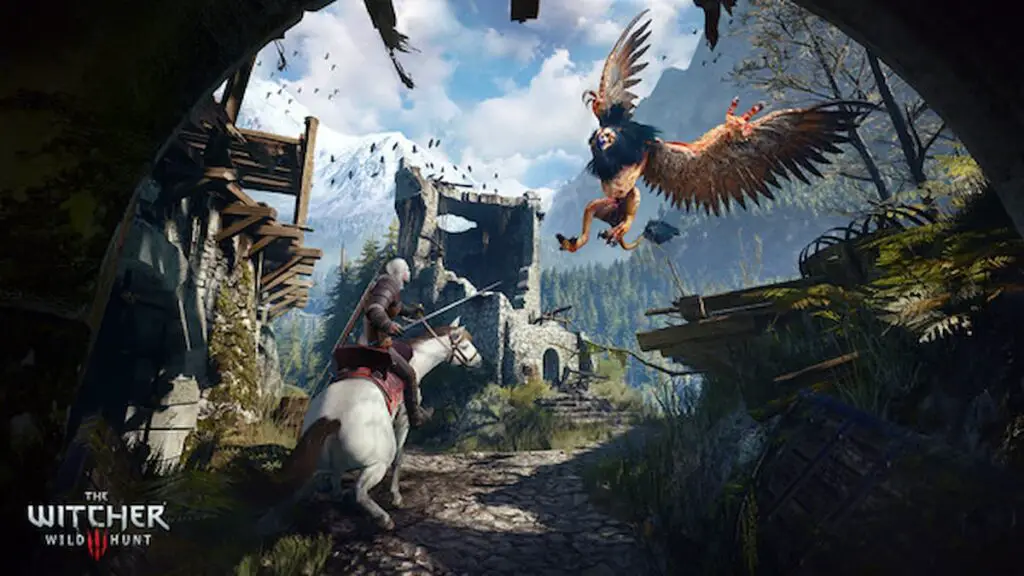
In 1993 Polish author Andrzej Sapkowski released a collection of short stories centering around a monster hunter named Geralt of Rivia called The Last Wish. This would mark the beginning of The Witcher, a series that would see a number of novels, short stories, and a couple of film adaptations that would result in a cult following throughout eastern and central Europe. However, it was not until 2007 when then-unknown game developer CD Project Red would release the first Witcher game that the series would begin to receive international recognition. The game was a modest success but set the foundation for two additional sequels each of which would be more popular than the last. When the third entry was released in 2015, it was lauded as a masterpiece of its genre and one of the best games of the last decade. Set after the events of the books, the Witcher games pick up after Geralt’s canonical death at the end of the books, with the titular Witcher somehow surviving, albeit with amnesia. It is safe to say that without the games The Witcher franchise would not have found anywhere near the same popularity that it enjoys today.






